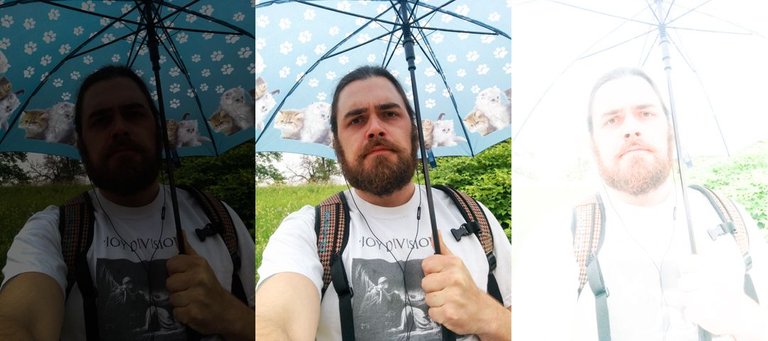
This post is #1 in a series of short lessons designed to give you total control of your camera.
So we’re going to start at the very beginning. The very first concept photographers need to grasp to gain total control over their images:
Exposure
From Wikipedia:
In photography, exposure is the amount of light per unit area (the image plane illuminance times the exposure time) reaching a photographic film or electronic image sensor, as determined by shutter speed, lens aperture and scene luminance
In simple-speak, exposure is the amount of light you let reach your film or digital sensor. More light equals a brighter photograph, less light equals a darker one.
When adjusting for exposure there are three main things to take into account. This post starts with the most confusing one.
Aperture
Inside all camera lenses there is an iris. If you’ve ever seen Stargate you’re familiar with the term. Basically it is an adjustable metal circle that can be open or closed. However, in photography we’re controlling the amount of light we let in, not the amount of Goa'uld.
Here’s a really neat video of an aperture in action, from Camera Technica
Just f –stop already
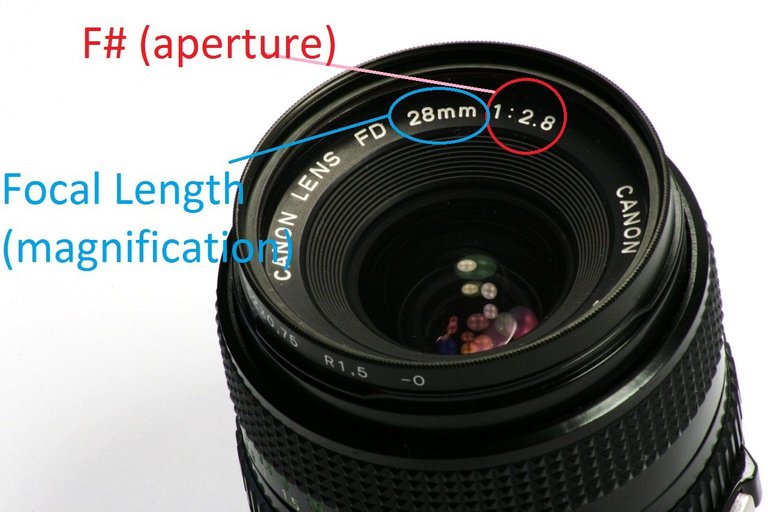
If you own a DSLR, you may notice that all of your lenses are identified by a certain pattern of numbers. The focal length (magnification) is defined by the letters “mm”. The number following that is called the “f-stop” number. While most lenses will say “fx:x.x” not all have the “f”, as shown on this Cannon lens picture. However almost all of them list the “f-stop” number directly after the focal length. What's important to remember here, is that this number represents the maximum size of a lens' aperture.
That means the smaller the number is the more open the aperture, the greater the number is the more closed the aperture.
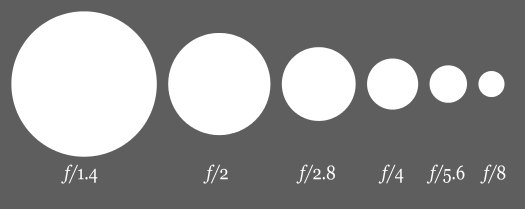
So you can expect that if you take a picture with your aperture set at f 1.4, you are going to let a lot more light in than a picture taken at f 8. But that's only one side of the aperture story.
It also effects Depth of Field (DOF).
What is Depth of Field? A practical explanation is simple. DOF is how many parts of a picture are in focus.
Said another way: In pictures with a shallow depth of field, only parts the camera directly focuses on will be sharp. In pictures with a deep depth of field, more parts will be in focus.
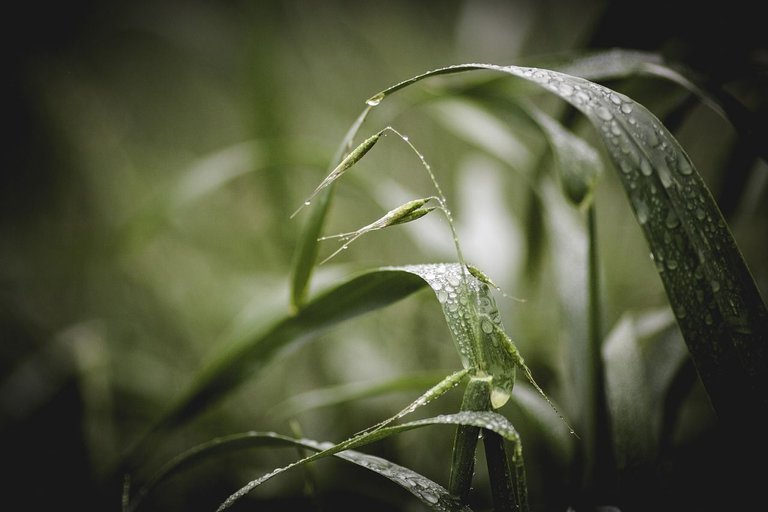
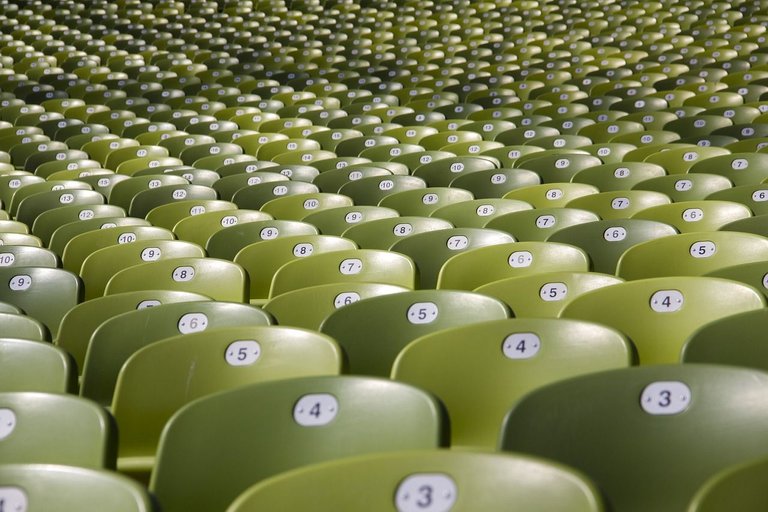
When speaking about DOF, there are other elements to take into account, such as focal length and distance from subject. But for this lesson we can just say that aperture plays a massive role in determining the DOF of your pictures.
How do you use this? You can test it out by turning your camera to aperture mode. Typically, this is denoted with an "A" in your cameras settings. In this mode you set the aperture, and the camera does the rest. A lower f –stop means less depth of field. A higher one gives you more depth of field. Said another way: If you have a low f-stop (larger aperture) less of your picture will be in focus. If you have a high f –stop (smaller aperture) more of your picture will be in focus.
If you can't find this on your camera, feel free to ask me in the comments.
I know this whole idea is counter-intuitive. Lower numbers mean a bigger opening, but a smaller DOF. Higher numbers mean a smaller opening but greater DOF. It’s not something beginners can easily wrap their head around. Just keep repeating this to yourself:
Low f # = less depth + large opening = brighter picture.
High f # = more depth + small opening = darker picture.
Hopefully you are beginning to see one of the fundamental challenges in photography.
What happens if you’re in a really bright setting, but you want a shallow depth of field? Using a larger aperture would let too much light in, and your photo will be too bright. Some exposure can be fixed in photoshop. But there's a point where images get "burned". That is, there is so much light hitting the sensor, it can no longer register anything else. Think about how looking into the sun burns a white spot on your eyes. Cameras experience the same thing.
You might solve these problems in a number of ways, but the most basic will be talked about in my next two posts on Shutter Speed and ISO. After those are done we'll talk about how we put it all together.
Recap
- Exposure in photography relates to how much light you let hit your camera's sensor or film
- An aperture is an iris inside your camera
- It controls the amount of light let in, necessary for exposure
- It also effects the depth of field
- Depth of field is how much of a photograph is in focus
- We call aperture settings f-stops
- Low f-stop = large aperture
- Large aperture = shallow depth of field + more light
Photo 1 is of my own doing. Everything else was taken from pixabay, with the exception of the diagram from wikimedia commons, as noted.
@roby17269 Because you're an excellent photographer and I want to know if I left out anything significant here.
Hey there - sorry for taking so long! I did not get a notice of you mentioning me :/
In any case... I'm going to go a bit purist on you :)
Meaning... the "triangle" for me controls the brightness of the resulting image. Exposure, if defined as the quantity of light that hits the sensor, is controlled only by aperture and shutter speed. I know that this may get confusing especially for beginners, and it gets a bit philosophical... but in my mind these are the correct terms
That's a good point. If we define exposure as the amount of light hitting a sensor, and ISO is the sensitivity of a sensor, it doesn't really relate to the former.
For the sake of brevity I'll leave it out for now.
Thanks!
Apart from that, I think you've hit all the basic concepts :)
I would perhaps expand on how modern cameras deal with these by looking at the modes (auto, A, T/S, M, auto ISO and exposure comp), although I understand that it's be difficult to be generic.
I'd also probably expand on DOF a bit :)
But hey I'm not the one writing...
Haha, Thanks Roby, much appreciated.
I'll definitely go into the nuances a bit later. For now, I just wanted to give people a gentle nudge towards getting out of manual.
A look at the different shooting modes, and how they're offered on digital cameras would be a great idea for a begginer post.
Thanks!
I think you mean "getting out of auto"? :)
You did touch on aperture priority in the first post... In any case there is always time :)
Out of auto, into manual.
There is :)!
I think you nailed it. Well done.
Thank you old-guy.
The other two pieces of the triangle will be up in the next two or so days.
Looking forward to seeing some of your stuff.
@hanshotfirst and @giantbear because I know you're both teachers and I value you're opinion on the educational worth of this post vis-a-vis its structure and content.
Brilliant article, i started at 3 and have decided to go back and read the first two, glad i did. Thanks.